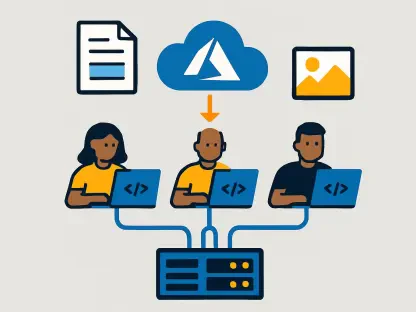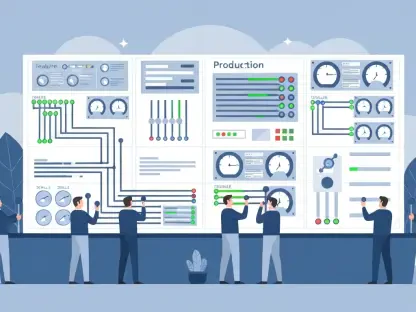eCommerce, automation of industrial processes, and workflow optimization, along with the digitization of the public system, were the main growth engines of the global software industry, projected to reach US$578,020m in 2021. As experts estimate the industry to grow even faster in 2022, driven by investments in blockchain technologies and cybersecurity, there are also new challenges to be faced.
Adopting innovative, new-generation technologies
In addition to the organic evolution, in this pandemic year, the growth of the industry has been fueled by projects involving innovative, new-generation technologies such as blockchain, AI, big data, deep learning, or streaming.
Experts estimate the industry to grow even faster in 2022, due to higher investments in areas like Big Data and AI, especially in the large companies segment, whose need has evolved from software solutions that store data (ERP, CRM type solutions) to a need to understand that data and interpret it correctly in order to make good and real-time decisions. At the same time, the adoption of blockchain technologies will probably accelerate next year, which may bring benefits of traceability, auditing, and cybersecurity.
Another feature that has contributed to the evolution of the software industry is the continuous development of IT infrastructure and resumption of international projects in top industries, where the degree of innovation and adoption of new technologies is very high, such as banking, retail, eCommerce, medical, e-learning, logistics, oil & gas.
The AI software market is picking up speed
Worldwide artificial intelligence (AI) software revenue is forecast to total $62.5 billion in 2022, an increase of 21.3% from 2021, according to a new forecast from Gartner.
“The AI software market is picking up speed, but its long-term trajectory will depend on enterprises advancing their AI maturity,” said Alys Woodward, senior research director at Gartner.
Demand for AI technologies and associated market growth is closely tied to organizational AI maturity levels. Enterprises continue to demonstrate a strong interest in AI, with 48% of CIOs in the 2022 Gartner CIO and Technology Executive Survey responding that they have already deployed or plan to deploy AI and machine learning technologies within the next 12 months.
Cybersecurity spending trends
CSO’s 2021 Security Priorities Study found that 44% of security leaders expect their budgets to increase in the upcoming 12 months, a slight increase from the 41% who saw their budgets increase in 2021 over 2020. Only 2% said they’re expecting a decrease, a much smaller figure than the 6% who saw their spending drop from 2020 to 2021.
Other research seems to confirm the trends for 2022. According to PwC’s 2022 Global Digital Trust Insights report, “investments continue to pour into cybersecurity”, with 69% of responding organizations predicting a rise in their cyber spending for 2022. Some even expect a surge in spending, with 26% saying they anticipate a 10% or higher spike in cyber spending for the upcoming year.
Other areas where big investments are expected include fuel optimization for transportation fleets, process optimization across the production and distribution chain, agrifood supply chain, eCommerce, and blockchain technologies.
Labor migration and talent shortage
As for challenges in 2022, the migration of the workforce and the lack of medium-term employee stability will continue to put pressure on the industry, making it somewhat atypical. Software companies recruit and train people, but in the end, they witness their resignation once they are experienced enough. And there’s the infamous IT skills shortage where you’ve got small and mid-size businesses competing with enterprises like Apple Google, and Facebook for highly-specialized skills. This, of course, means attracting top talent requires smaller businesses to match the kind of salaries tech giants can offer.
More and more companies address this challenge by opting for outsourcing. But outsourcing has created some challenges like security threats, legal complications, cultural and time zone issues.
Data security and privacy
As organizations in the industry are using the cloud for a wide variety to perform tasks like data backup, disaster recovery, email, virtual desktops, software development and testing, data privacy laws are among the challenges software developers will continue to face. There are important issues and concerns associated with cloud services: cost, service provider reliability, downtime, data overload, password, security issues, and last but most important, data privacy. Also remember that data privacy and data security are not the same things, and understanding the difference might save your company a lot of money.
The growing demand for new devices, the expansion into new markets, and new ways in which to increase productivity with software have all created greater opportunities for developers and entrepreneurs. The global software industry will continue to grow in 2022, but developing software isn’t going to get easier, with technologies and industry standards constantly evolving.









